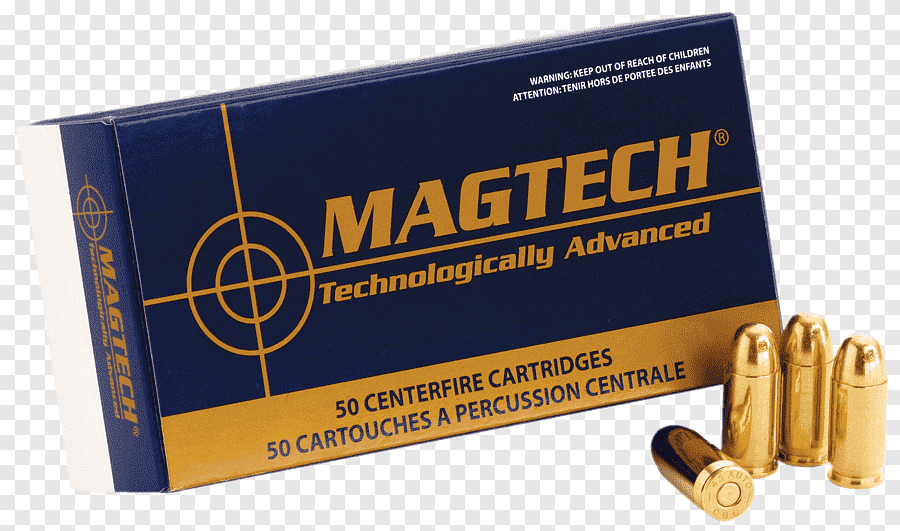
Bullets: The Science, History, and Modern Innovations
Bullets have played a crucial role in the development of firearms and warfare throughout history. These small but powerful projectiles have evolved significantly since their early days, becoming more efficient, precise, and specialized for various applications. This article explores the history, composition, types, and modern innovations of bullets.Bullets: The Science, History, and Modern Innovations
A Brief History of Bullets
The concept of a bullet dates back to ancient times when arrows and stones served as projectiles in combat. The earliest true bullets were made of stone or clay and used with early firearms like hand cannons in the 13th century. By the 15th century, lead balls became the standard ammunition for muskets due to their density and ease of production.
The invention of rifling in the 16th century dramatically improved bullet accuracy. The Minie ball, developed in the mid-19th century, revolutionized warfare by increasing range and lethality. By the late 19th and early 20th centuries, metal-jacketed bullets, such as the full metal jacket (FMJ) round, became the norm, offering greater penetration and durability.
Composition and Design
Modern bullets are made from various materials, including lead, copper, steel, and polymer composites. A typical bullet consists of several components:
Core: Often made of lead or steel, providing mass and impact force.
Jacket: A metal covering (usually copper) that enhances durability and reduces barrel wear.
Tip: Can be hollow-point, soft-point, or full metal jacket, depending on the intended use.
Base: Affects the aerodynamics and stability of the bullet.
Types of Bullets
Bullets come in various types, each designed for specific purposes:
Full Metal Jacket (FMJ): Encased in a harder metal shell, reducing expansion and penetration through hard surfaces.
Hollow-Point (HP): Designed to expand upon impact, maximizing stopping power and reducing over-penetration.
Soft-Point (SP): Partially exposed lead tip that expands upon impact, offering a balance between penetration and expansion.
Armor-Piercing (AP): Contains a hardened core (tungsten or steel) to penetrate armored targets.
Tracer Rounds: Contain incendiary materials that glow, allowing shooters to track their check here trajectory.
Incendiary Rounds: Designed to ignite upon impact, useful in military applications.
Modern Innovations in Bullet Technology
Advancements in bullet technology continue to improve performance, safety, and effectiveness. Some notable innovations include:
Polymer-Tipped Bullets: Enhance aerodynamics and expansion while reducing barrel fouling.
Lead-Free Ammunition: Uses non-toxic materials like copper and tungsten, reducing environmental impact.
Caseless Ammunition: more info Eliminates the traditional cartridge case, making firearms lighter and more efficient.
Smart Bullets: Equipped with tracking technology or guided systems for precision targeting.
Conclusion
Bullets have come a long way from their crude origins, evolving into sophisticated check here projectiles designed for specific tasks. Whether used more info for military, law enforcement, hunting, or self-defense, bullets continue to be a critical component of modern firearms. With website ongoing advancements in materials and design, the future of bullets promises even greater efficiency, accuracy, and safety.